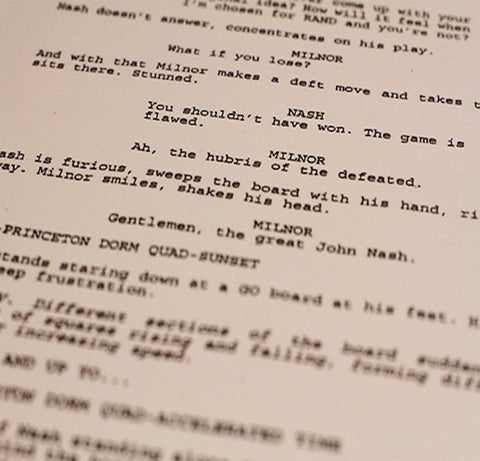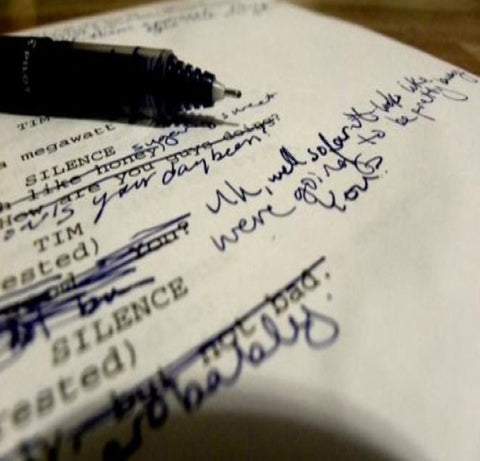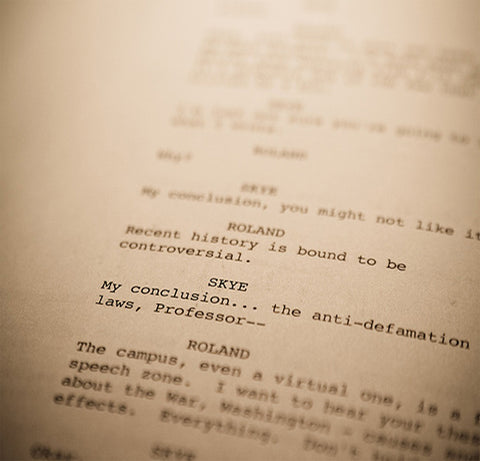
Plot Point Two
The common wisdom is plot point two is our “darkest hour.” That is: On or around ppg 70-75, our protagonist fails, hits rock bottom, is defeated, is betrayed, his failures come to the fore, his allies abandon him or vice versa. In many cases, the protagonist “dies,” figuratively or even literally. For example, Joseph Campbell is big on protagonist death in the Hero’s Journey, and we see a perfect example of it with Neo in THE MATRIX.
The question becomes: How to craft the best possible version of this vital plot beat? And the answer is often to be found in the protagonists themselves. Because a good darkest hour is a situation that is pretty bad for anybody, but the stronger version is to shape the darkest hour around the worst thing that could happen to this specific person. That is: A bespoke slice of Hell, tailor made for this particular story’s protagonist.
So for example, a good darkest might involve generic “bad things” like the protagonist gets thrown in jail, beat up, kicked out of a club, robbed, whatever. Which isn’t to say these are “nice” things to happen, but they’re just kind of bad. They aren’t specific dooms.
The way to find that specific doom is to look at what the protagonist wants, what they have been striving for throughout the story, the direction in which their internal arc takes them. Take for instance a protagonist who is trying to connect with other people; a plot point two in which he gets beat up and robbed is bad, sure. But how about a plot point two in which all of the friends the protagonist has made now deny him? He is once again left alone, due to his failings as a person?
The darkest hour might not only be specific to the protagonist, but also exemplify the theme. That is: The beat at which the protagonist “learns the lesson” of the story.
Look at TRADING PLACES. This is a story that’s discussing themes around classism. Our co-protagonist, Louis, begins the narrative as a very smug and snobbish person. His arc is about learning about the humanity of people who are less well off than him. The story teaches this lesson by putting him through the wringer.
Thus: A good plot point two would see him beat up, in jail, etc. But a stronger plot point two has Louis at a rock bottom at which he has zero money, he’s stealing food to survive, he’s shunned by his former friends, etc.
What does the film do? It dumps all of these dooms on Louis to make absolutely sure he learns this lesson – fulfilling the themes of the story – and the audience fully understands the journey this character takes, and the change he affects in reaction to his experiences. Which means that crafting a good plot point two often means thinking of sadistic tortures to visit upon our imaginary friends. Ah, the joys of screenwriting.




